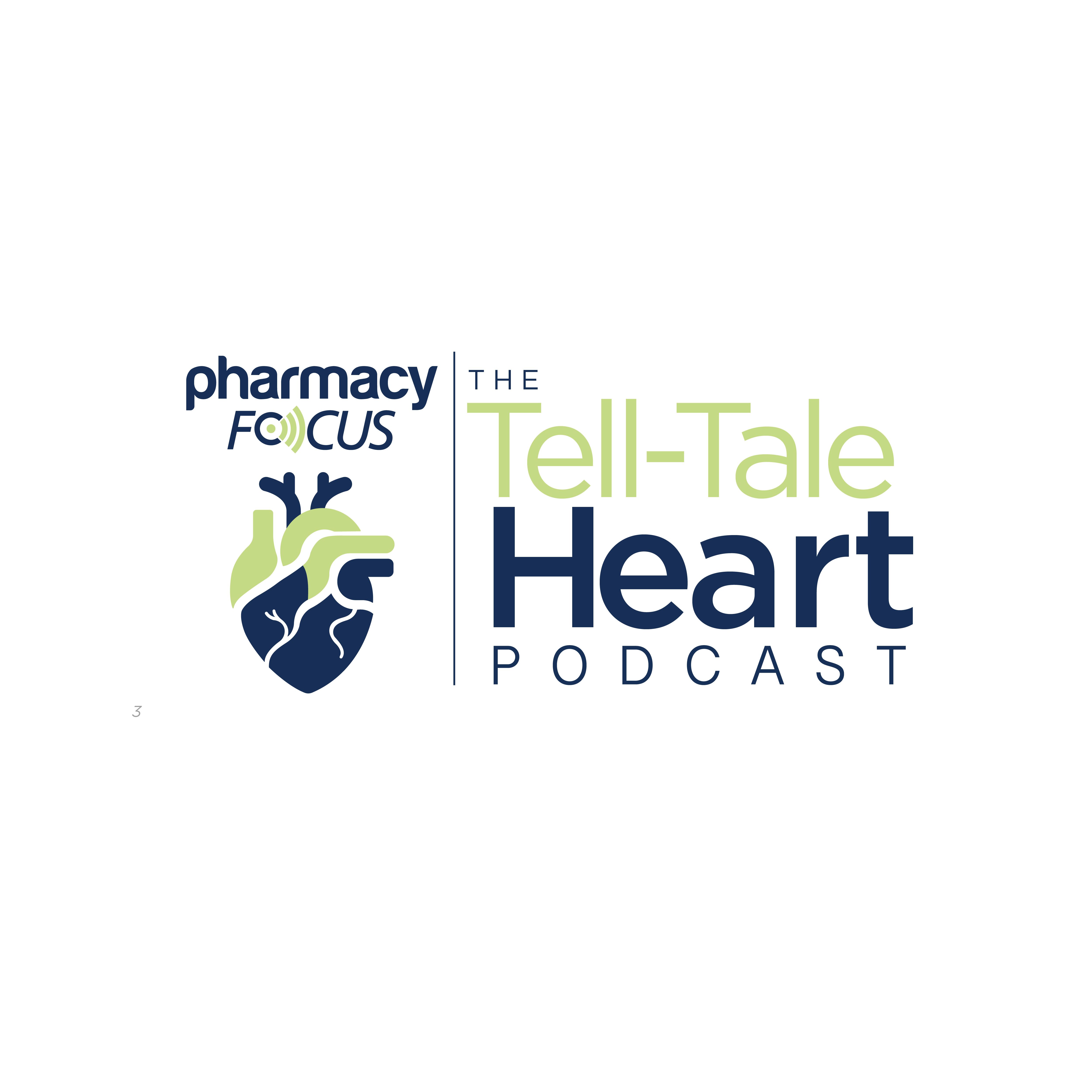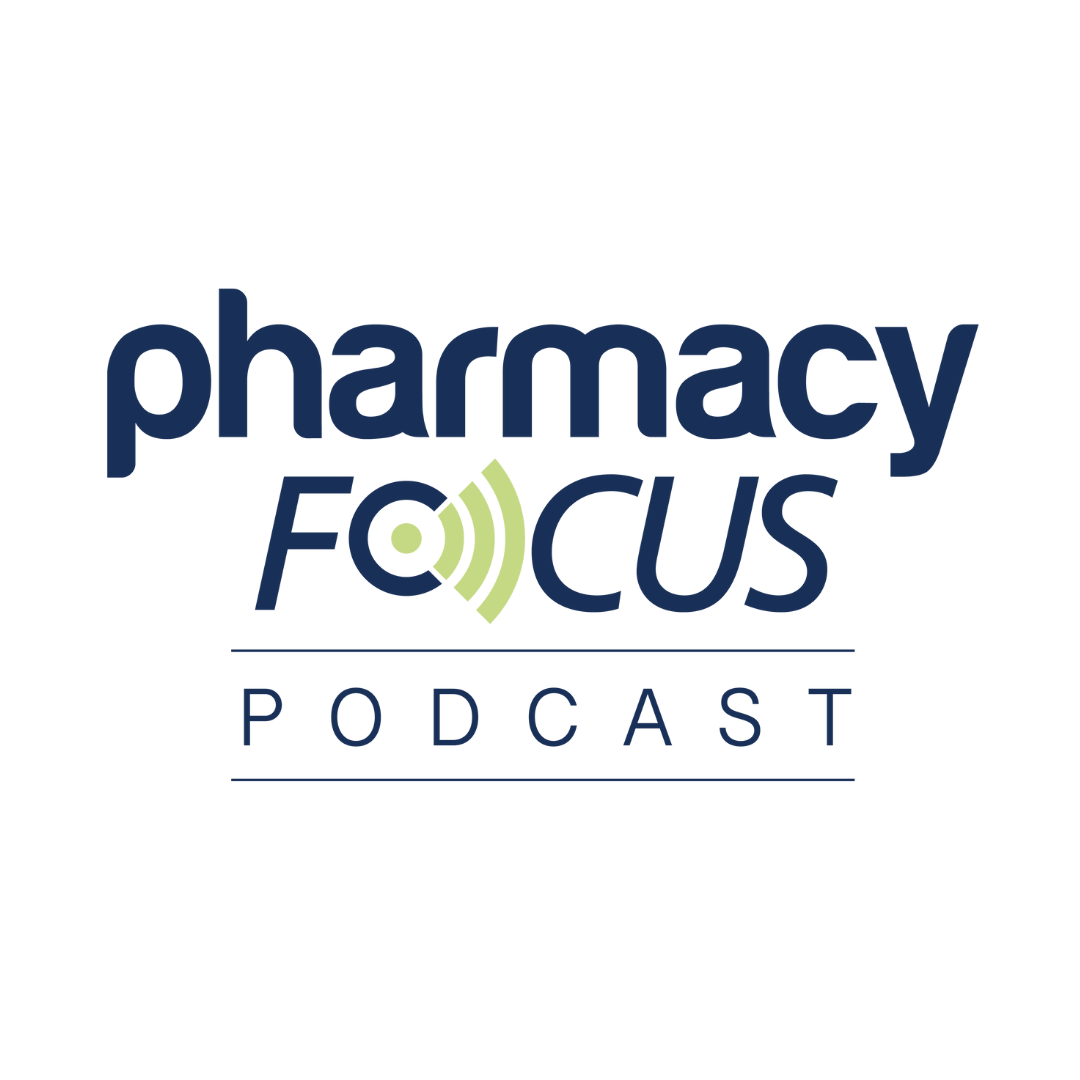News
Video
HOPA 2025: Insights Into Post-Transplant Cyclophosphamide Use for Graft-Versus-Host Disease Prevention
Lauren Dietz, PharmD, highlighted the role of oncology pharmacists in guiding prophylaxis decisions to optimize transplant outcomes.
In an interview with Pharmacy Times® at the HOPA Annual Meeting 2025, Lauren Dietz, PharmD, PGY2 pharmacy resident at the University of South Carolina Health, discussed her institution’s retrospective analysis of post-transplant cyclophosphamide (PT-Cy, Cytoxan; Amneal Pharmaceuticals) as an alternative to traditional tacrolimus (Envarsus XR; Veloxis Pharmaceuticals, Inc)/methotrexate (Otrexup; Antares Pharma, Inc; TAC/MTX) for graft-versus-host disease (GVHD) prophylaxis in patients undergoing allogeneic stem cell transplant with myeloablative conditioning. Dietz explained how the study was designed, what outcomes were prioritized, and how the findings could inform future use of PT-Cy in this setting.
Pharmacy Times: GVHD continues to be a major post-transplant complication—what do you think has been most limiting about traditional Tac/MTX prophylaxis in this setting?
Lauren Dietz, PharmD: Yeah, I think the reason that we found PT-Cy in the first place—we were looking for other options—is because the rate of GVHD was still so high with TAC/methotrexate, up to 50% in patients. So, I think that's one limitation, along with thinking about the side effects with TAC/methotrexate—so things like mucositis, LFT elevations—that can then either result in dose reductions or skipping of doses, and even further decrease that efficacy. Because we know that the methotrexate has to be given over four doses, but there's the chance to miss out on some of that total dose as well.
Pharmacy Times: Can you walk us through how you designed the study and selected your endpoints, particularly the use of GRFS as a primary outcome?
Dietz: Yeah, so as far as study design, we looked at all patients that received an allogeneic stem cell transplant with myeloablative conditioning at our institution between July of 2018 and December of 2023—stopping in December and just wanting to be able to get that full year of data after their transplant—and looked at outcomes, mainly the GVHD-free, relapse-free survival being the primary outcome. Because that's what we're really starting to see in the literature as the main composite outcome when we're looking at GVHD prevention. It takes into account both relapse-free survival, which is our goal of transplant, but balancing that with the risk of GVHD, to kind of take into account both ends for our patients. We also looked at other outcomes such as overall survival and infection, which is a major risk when we think of PT-Cy over TAC/methotrexate.
Pharmacy Times: Were there any unexpected safety signals in either group, especially in terms of infections or severe acute GVHD?
Dietz: So, what we saw really was pretty in line with what we expected as far as from a GVHD standpoint. The risk of acute GVHD was not significantly different between our PT-Cy group and our TAC/methotrexate group. Where we really saw the difference was with the chronic GVHD in our PT-Cy group, with only three people experiencing chronic GVHD. Obviously, our numbers are pretty small, and we are continuing to collect data to have a few more patients to add to this—just thinking about publication in the future—but that’s kind of what we’ve seen in other populations using PT-Cy, so we were glad to see that that was consistent.
As far as infections, we actually saw pretty similar rates of infections overall between our two groups—at around 82% and 83% in each group overall. We did look at number of bloodstream infections and kind of broke those down, but we don’t have that in a percentage format, just because some patients may have multiple bloodstream infections versus one patient having a bloodstream infection. But proportionately, the risk didn’t seem that much greater. Biggest difference being none of our patients in the TAC/methotrexate group experienced any fungal infections, whereas our two patients in the PT-Cy group did.
Pharmacy Times: Do you see PTCy becoming the preferred prophylaxis strategy for allogeneic HSCT with myeloablative conditioning in the near future based on these results?
Dietz: I think we definitely still need larger studies—obviously, I think that’s always a limitation of a retrospective, smaller study. But the reason that we were interested in this is PT-Cy is really being applied to a lot of groups just based on extrapolation, so making sure that we're going back and looking at efficacy and safety will be important as we continue to expand the use of PT-Cy, and kind of validating those results that we've seen in other groups in earlier studies.
Pharmacy Times: How can oncology pharmacists contribute to optimizing GVHD prophylaxis regimens, including patient selection, monitoring, and education?
Dietz: I think there’s a lot that goes into choosing both a conditioning regimen and a GVHD prophylaxis regimen for patients—thinking about their age, their performance status, what underlying risk factors they might have for the different side effects that we see with these agents. And I think pharmacists play a really important role in making sure that we’re balancing those risks with also trying to optimize transplant outcomes.






